
Science Safety | Safer Articles

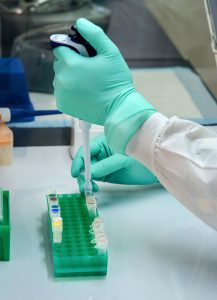
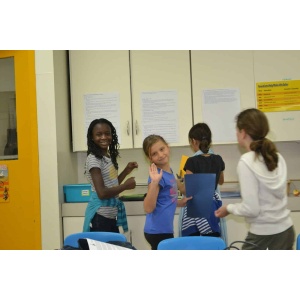
Access and Equity Safety for Educators Pathway Cert
Open to access this content

Active Shooter Situations
Proactive responses to a shooting will enable you to save your life.

Aerospace
Rockets that use compressed air and/or water pressure must be used with caution.

ALI Sales Enablement Training Pathway Cert
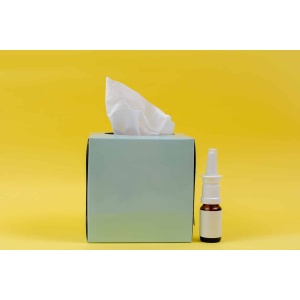
Allergens and Allergies in Schools
An allergic reaction begins when an allergen enters the body.
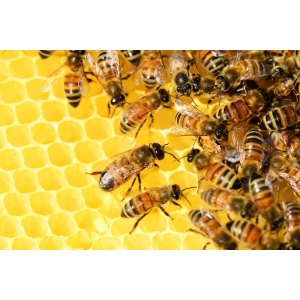
Anaphylaxis
Anaphylaxis is a serious and potentially life-threatening allergic reaction.

Animals in Schools
If you plan to have an animal in your classroom, whether it’s a class pet or for a hands-on learning experience, be aware of the potential hazards and resulting risks

AP Biology
Accidents do happen in a biology lab. Some chemicals have the potential for high risk and severe damage.


Astronomy
Laser, flame and solar safety are critical components of learning.
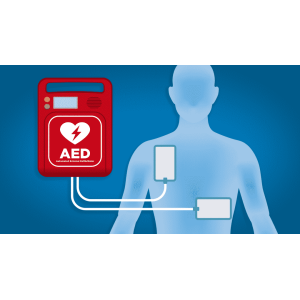
Automated External Defibrillators
Diagnose the life-threatening cardiac arrhythmias of ventricular fibrillation and pulseless ventricular tachycardia.
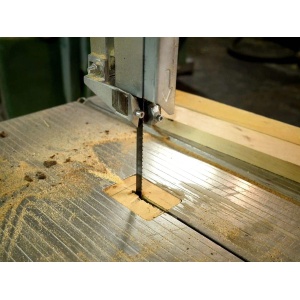
Bandsaws and Bandsaw Safety
Bandsaws are very popular pieces of woodworking equipment commonly found in the woodworking shop.

Basic Science Safety Training For Teachers and Staff Pathway Cert
This online training pathway is designed for districts and schools seeking to train teachers and staff on science and STEAM safety. The pathway covers essential topics such
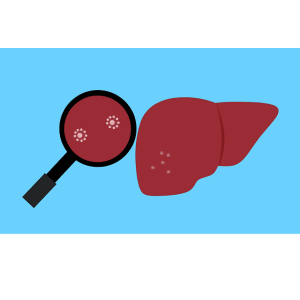
BBP Diseases
BBP diseases include hepatitis B (HBV), hepatitis C (HCV) and human immunodeficiency virus (HIV).

Behavioral Threat Assessment and Management – BTAM
BTAM is designed to identify, assess, and manage potentially dangerous or violent situations.

Biological Waste
Any material that contains or has been contaminated by a biohazardous agent.
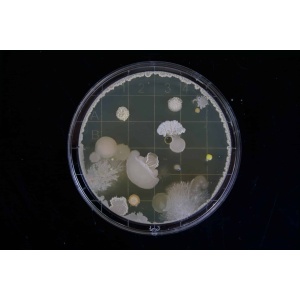
Biology Lab Equipment
Covers the basic laboratory equipment to produce valid results in a molecular biology laboratory.
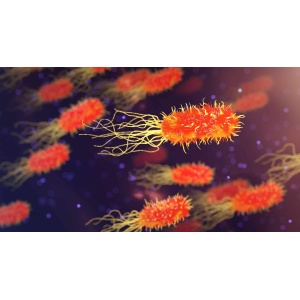
Biology Lab Protocols
This module provides information on biology laboratory practices and protocols.
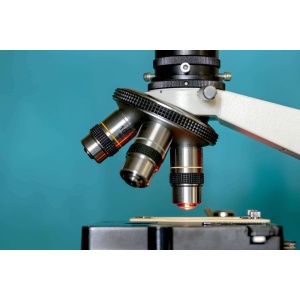

Biology Safety For International Baccalaureate (IB) Students
IB Biology students need to learn basic safety principles before beginning.
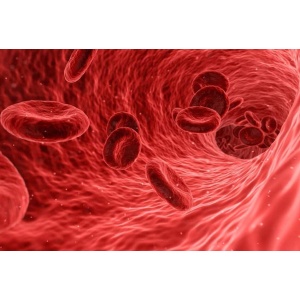
Bloodborne Pathogens
Bloodborne pathogens are infectious microorganisms in human blood that can cause disease in humans.

Building a Culture of Safety through Proactive and Continuous Online Learning Safety Modules
This module is designed to help schools and organizations build a robust culture of safety by leveraging proactive and continuous online learning safety modules. By focusing on engagement, verification, and

Bullying
Bullying may inflict harm or distress on the targeted youth including physical, psychological, social, or educational harm.

C-14 Certificate of Fitness
The course requirement must be completed before a teacher can apply for a C-14 Certificate of Fitness, which is a requirement for teachers who use laboratories in NYC
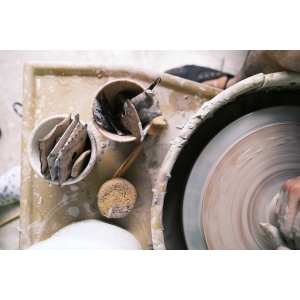
Ceramics Safety
Everything in ceramics involves some form of powder and water. These are mixed to make clay or glazes – when they dry out, dust results. Often the dusts involved are

Chemical Demonstration Videos
Review chemical demonstration videos to determine if they meet safety and pedagogy goals.
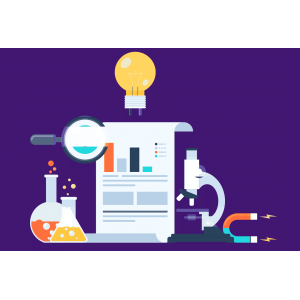
Chemical Handling and Waste Management
In this module you will learn how to minimize waste, handle chemical waste and dispose of it.
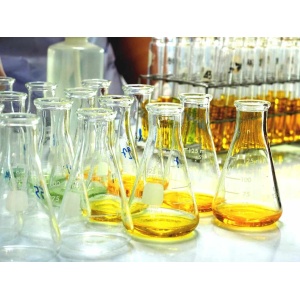
Chemical Hazards
Chemicals must be handled properly and in minimal concentrations, if used incorrectly they can be extremely unsafe and hazardous and cause harm.

Chemical Hygiene Officer and Environmental Hygiene Officer Responsibilities
This module is designed for K-12 and higher education educators as well as industry professionals aiming to become certified Chemical Hygiene Officers or Environmental Hygiene Officers. Participants will explore the
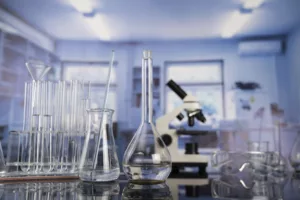
Chemical Hygiene Officer Pathway Cert
Chemical Hygiene Officer Certification Pathway or Certified Chemical Hygiene Officer Pathway (CCHO) qualifies you to provide technical guidance in the development and implementation of the provisions of


Chemical Hygiene Plan and Accountability
The CHO is committed to managing chemical safety in an effort to maintain a safe environment for all employees and students using the Chemical Hygiene Plan to accomplish this objective.

Chemical Inventory Management
Chemical management is a process that encompasses identification, management, and reduction of risk through all stages of chemical purchasing, storage, distribution, use, and disposal.

Chemical Spills
Learn how to evaluate and safely handle chemical spills in your laboratory.
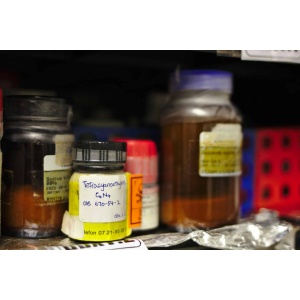
Chemical Storage
This module provides teachers and staff with an overview of basic procedures and policies necessary to ensure the safe operation of their science laboratories.

Chemistry Lab Accidents
Concrete steps to prevent lab emergencies that carry a high risk of injury–spills and fires.
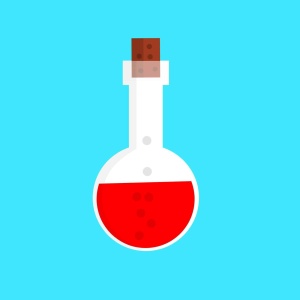
Chemistry Lab Safety For Students
Students planning to work in a chemistry laboratory need to learn basic safety principles before beginning.

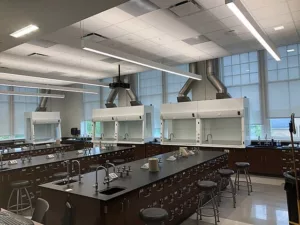
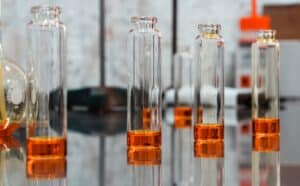
Chemistry Safety For International Baccalaureate Students
IB Students planning to work in a chemistry laboratory need to learn basic safety principles before beginning.
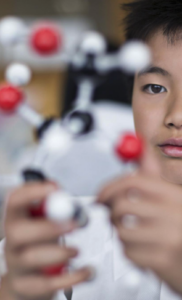
Chemistry Students Safety Pathway Cert
This online pathway provides high school chemistry students with an overview of basic procedures and policies necessary to ensure the safe operation of their chemistry laboratories. Students will investigate common
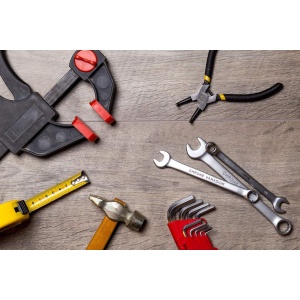
Clamps and Clamp Safety
General safety tips to know when using clamps with emphasis on what to avoid to be safer.
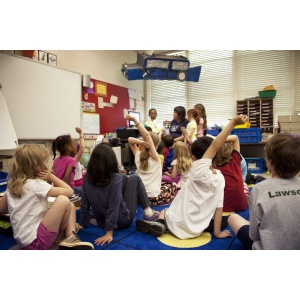
Class Size and Safety
To maintain a safer working environment in a science laboratory at the middle or high school level, the science laboratory must be analyzed on the basis of determining the design

Classroom Management Best Practices
Evidence-based strategies and best practices for science and STEM classroom management.

Classroom Plants
Many teachers have plants in their classrooms for both decorative and educational purposes. Plants that are known to be safer may be brought into the classroom; and plants known to
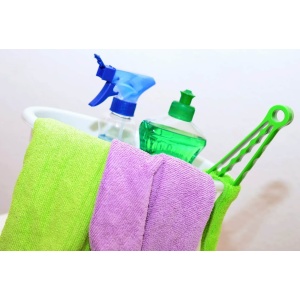
Cleaning During Covid and School Safe
Cleaning and promoting hand hygiene are important everyday actions schools can take to slow the spread of COVID-19 and other infectious diseases and protect students and staff.

Compliance and Regulatory Safety Awareness for Educators Pathway
Open to access this content

Concussion Safety
Concussion safety training for classroom teachers, school administrators, paraprofessionals, teacher’s aides, and other staff.
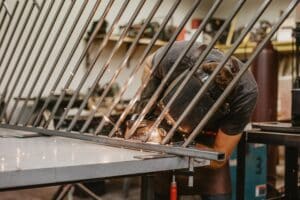
Covid and CTE Classroom Safety Pathway Cert
This online pathway is designed to provide educators with a thorough understanding of the various best practices that support healthy CTE classrooms during COVID-19.
- 22 Modules with the following
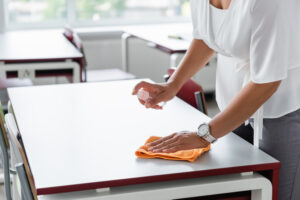
COVID-19 Safety Science & STEM Lab Pathway Cert
This online pathway is for science and STEM teachers who want to learn how to implement safety measures in their classrooms and laboratories to prevent the spread

CTE Access and Equity
Learn about access and equity in remote, blended and socially-distanced learning best practices.
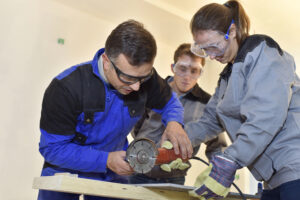
CTE Department Chair Pathway Cert
This online pathway is for grade, middle, and high school CTE Department Chairs who want to build a safety culture in their school and classroom. It focuses on safer professional

CTE Safety Awareness for Department Chairs Pathway
Open to access this content

CTE Safety for Administrators Pathway
This online learning certificate pathway package is for School Administrators who want to develop a deeper understanding of how to promote safety awareness across their CTE programs.
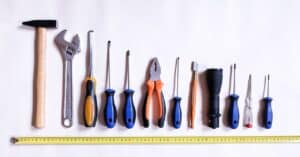
CTE Safety for Middle and High School Educators Pathway
Open to access this content
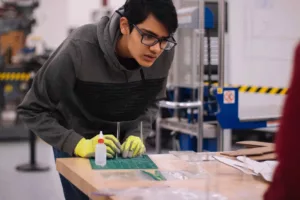
CTE Safety for New High School Educators Pathway
Open to access this content
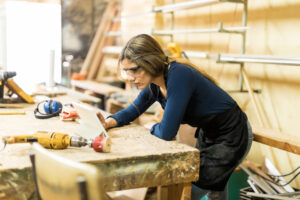
CTE Safety Student Safety Training (Senior High Schools) Pathway Cert
This online pathway is designed to help CTE high school students better understand the various best practices that support safer CTE classrooms.
- 100% Online
- 1 Pathway
- 35 Modules with
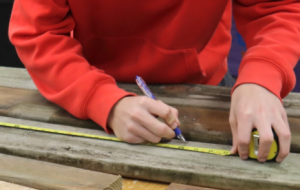
CTE Student Safety for Woodshop – Construction Lab Pathway Cert
In this online pathway, students participating in CTE courses will develop a comprehensive understanding of the safety rules and safer operating procedures for the various tools and equipment that could
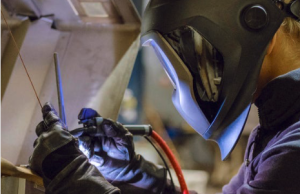
CTE Student Safety Pathway – Metal Shop Pathway Cert
In this online pathway, students participating in CTE courses will develop a comprehensive understanding of the safety rules and safer operating procedures for the various tools and equipment that could
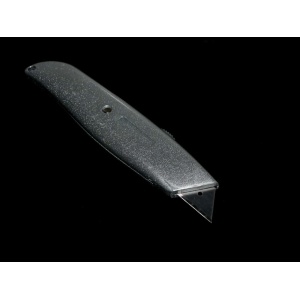
Cutters and Cutter Safety
About 30% of workplace injuries involve lacerations, and 70% occur on the hands or fingers.

Cyberbullying
Schools may take action either as required by law, or with local or school policies that allow them to discipline or take other action.

Cybersecurity & Digital Citizenship for Middle School Students Pathway Cert
This online pathway on cybersecurity and digital citizenship is designed for middle school students. In a supportive environment, learners will develop a deeper appreciation of the safety protocols that should

Cybersecurity & Digital Citizenship Pathway for High School Students Cert
This online pathway for cybersecurity and digital citizenship is tailored for high school students to learn the best practices. In a supportive environment, learners will develop a deeper appreciation of

Cybersecurity and Schools: Best Practices
Schools must safeguard against a variety of cyber threats and cyberattacks that will use multiple strategies.

D-14 & D-15 Certificates of Fitness
This module must be completed before a teacher can apply for D-14 & D-15 certificates of fitness which is required for NYC K-12 schools. All teachers who use

Design and Architecture and Model Making
Safety practices related to design and architecture and model making.

Digital Citizenship For High School Students Pathway Cert
In this online pathway, high school students will develop a deeper understanding of what it means to be digital citizens, participate fully in their communities, and make smart choices online

Digital Citizenship: Middle Level Course
Technology has become an important part of people’s lives, from when we get up to when we fall asleep.

Dissection Safety
Performing safer dissections is a common practice in biology programs and allows students to learn about the connected systems within organisms and provide a better understanding of anatomy and physiology.

Drawing Materials Safety
Drawing materials include pencils, conte crayons, charcoal sticks, oil and dry pastels, and more.
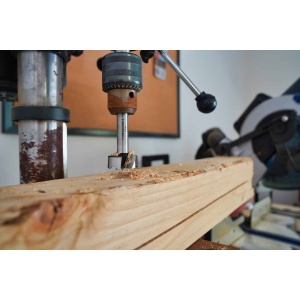
Drill Press and Drill Press Safety
Drill presses can be dangerous if not used properly.
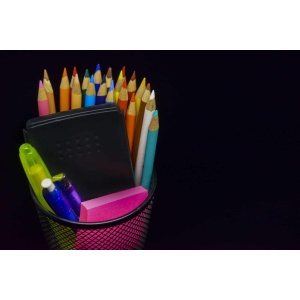
Duty of Care
School staff and school leaders are required to actively anticipate foreseeable harm to students and to others in the school.

Earth Science
Being prepared is the most important thing you can do when you perform any Earth Science lab with students.

Earth, Space, and Environmental Safety for Educators Pathway
Open to access this content
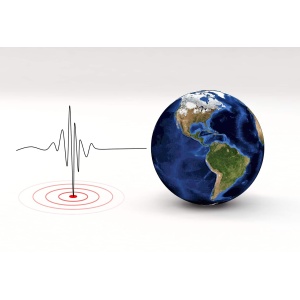
Earthquake Preparedness
Earthquake safety measures and response plans in science classes are intended to augment the school’s general emergency/disaster plans.

Elementary School Resources
Resource library for elementary school science and STEM educators and administrators. Legal safety standards noted in these resources may vary from state to state depending on what have
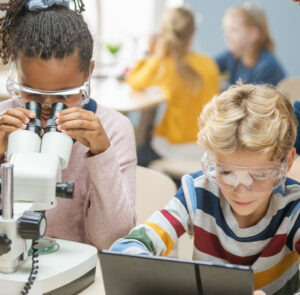
Elementary School STEM Safety Pathway Cert
This online pathway is designed to provide educators with a thorough understanding of elementary school STEM programs’ various safety concerns and issues.
- 100% Online
- 1 Pathway
- 28 Modules with

Elementary Student Safety Training Pathway Cert
This online pathway provides elementary school students in grades 1-6 with fundamental safety training and awareness of basic science and STEAM equipment and apparatus used in these

ELL Students
All students, including those identified as ELL, can and should have every opportunity to learn and succeed in science.
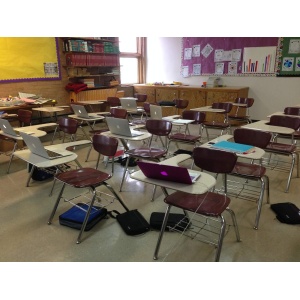
Emergency Lockdown Drills
Specific drills to prepare students and staff to achieve maximum safety in the event of an internal threat (active shooter) or external threat, including community violence or disaster.
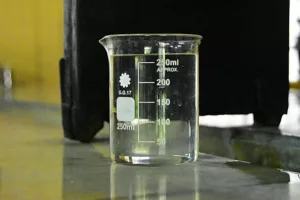
Environmental Hygiene Officer Safety Pathway
Open to access this content

EPA’s List N Tool
The EPA’s List N Tool is a web-based application that enables consumers to quickly and easily search for disinfectant products with EPA approval against SARS-CoV-2, the virus which causes COVID-19.

Ethics and Empathy
Ethics are the moral principles that govern people’s behavior and the way they conduct life’s activities.
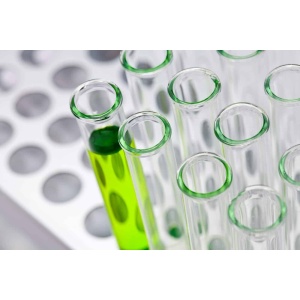
Evaluating Risk in the Science Classroom
In this module you will evaluate risk, thinking about the relative hazards for any class of compounds you work with, determining appropriate procedures, choosing protective equipment and safely performing experiments
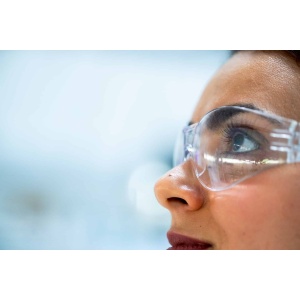
Eye Protection
Eye protection is necessary in all science classes in which there are biological, chemical and physical hazards present at the elementary, middle and high school level.
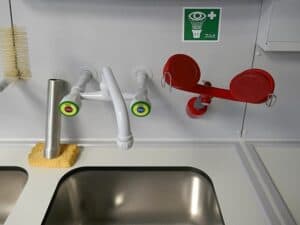
Eye Wash Stations and Showers – Lab Safety
Eye wash stations and Emergency Deluge (Drench) Showers are essential parts of the safety infrastructure in your laboratory setting.
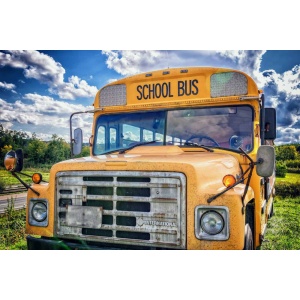
Field Trips
A well organized field trip, with carefully planned activities, greatly enhances the safety and educational value for all participants.

Fire Safety for Educators Pathway
Labs, especially those using solvents in any quantity, have a very high potential for flash fires, explosion, rapid spread of fire, and high toxicity of products of combustion (heat, smoke,

Fire Safety in the Science Lab
Labs, especially those using solvents in any quantity, have a very high potential for flash fires, explosion, rapid spread of fire, and high toxicity of products of combustion (heat, smoke,

Fires and Fire Extinguishers
In this module you will learn about different types of fires and different types of fire extinguishers to use depending on the unique situation that you are dealing with.
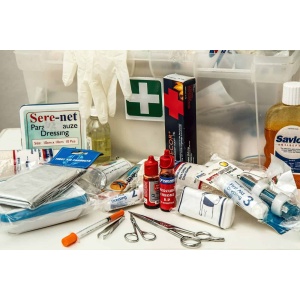
First Aid
First aid is the first and immediate assistance given to any person suffering from either a minor or serious illness or injury, with care provided to preserve life, prevent the

Flame Tests
The most common chemicals used when performing nichrome wire flame tests are recognized as toxic, and adequate precautions should be taken to ensure good ventilation of the experimental area.

Forensics and Biotechnology Safety
There are inherent hazards and risks associated with performing forensic science and biotechnology investigations including biological, chemical and physical sources. This module will help identify those safety concerns in the
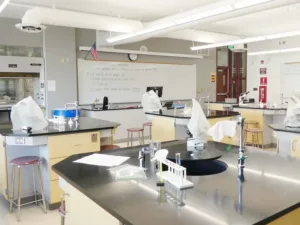
Fundamental Safety for High School and Middle School Educators Pathway
Open to access this content
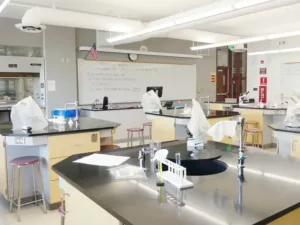
Fundamental Safety for High School and Middle School Educators Pathway Cert
This online pathway for middle and high school educators covers a variety of safety concerns that teachers may unexpectedly encounter.
- 100% Online
- 1 Pathway
- 36 Modules with the following

General Science Safety for Elementary School Educators Pathway
Open to access this content
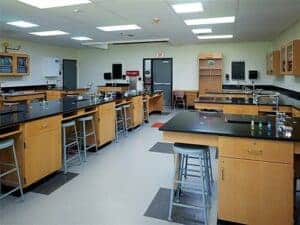
General Science Safety for Grade 9-10 Educators Pathway Cert
Open to access this content
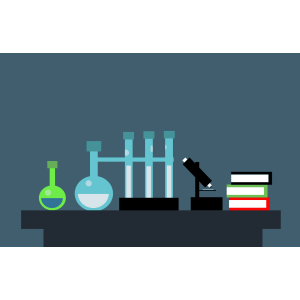
General Science Safety For Secondary Students
Students planning to work in a chemistry laboratory need to learn basic safety principles before beginning.
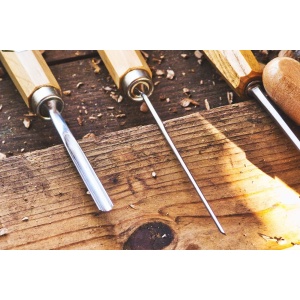
General Woodshop Safety
There are safety concerns in the wood shop resulting from the equipment, tools, and raw materials used, as well as from the occupants in the room. This module will assist
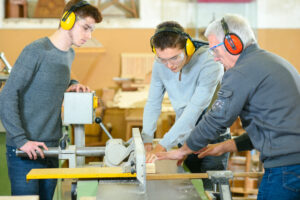
General Workshop Safety Pathway Cert
This online pathway is designed to provide middle and high school educators with a thorough understanding of the various safety concerns and issues related to general workshop safety.
- 100%

Getting Started with Science Safety
Get started with the Science Safety platform and modules.
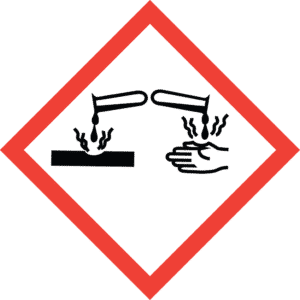
GHS Certification Training for K-12 Educators Pathway
Open to access this content
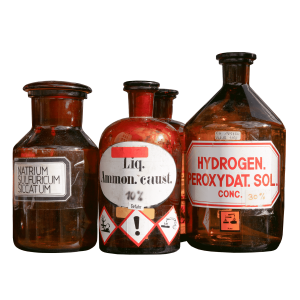
GHS Labeling, Safety Data Sheets, Hazard Communication
In this module you will learn how to properly label chemical bottles and containers using the GHS protocols and how to read a safety data sheet. This understanding is a

Glassware Safety
Glassware is one of the most commonly used kinds of equipment in science laboratories. In this module you learn about lab safety rules when using and handling glassware to avoid
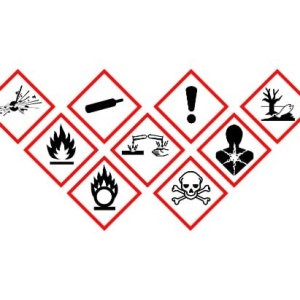
Global Harmonized System Training
In this module you will learn about the GHS and how chemical hazards are classified and communicated through the use of labels and safety data sheets (SDS) to improve awareness
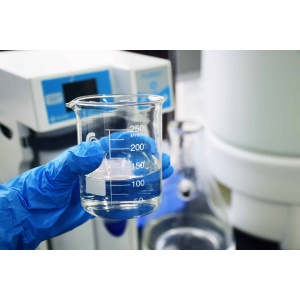
Gloves
There are many types of gloves available today to protect against a wide variety of hazards. In this module you explore how the nature of the hazard and the operation

Glowforge Printer Safety
Glowforge Printers as 3D laser printer that cut, engrave, and score hundreds of materials. It takes the power of a factory and makes it safer K-12 students, for creation classrooms.

Green Chemistry
Green chemistry is the design of chemical products and processes that reduce or eliminate the use or generation of hazardous substances.
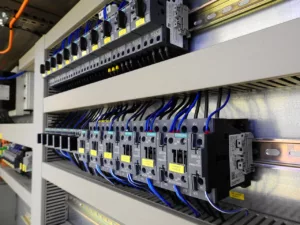
Ground Fault Circuit Interrupter Safety – GFCI Safety
In this module, Ground Fault Circuit Interrupter Safety (GFCI Safety), we will discuss how a ground fault circuit interrupter (GFCI) can help prevent electrocution.

Hacked Emails
How to protect yourself from getting emails hacked, signs that you’ve been hacked, and what to do if you are hacked.

Hand Tools
In this module, you learn about tool selection, demonstration, usage, and storage.
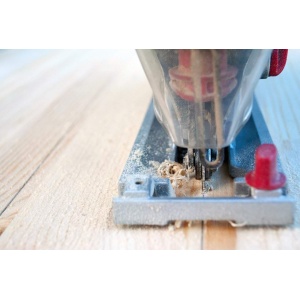
Hazard Control and Safety
A hazard control program consists of all steps necessary to protect workers from exposure to a substance or system, the training and the procedures required to monitor worker exposure and

Hazardous Waste Management and Visual Arts
Numerous health hazards and environmental risks are associated with the creation of art.
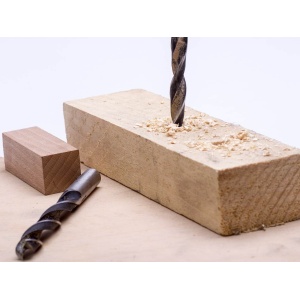
Hazards Working Around Machines
Hazards associated with working near or on machinery vary depending on the exact machine used.


Health and Safety Programs and the Visual Arts
If your art classroom program produces something, in other words a piece of artwork such as a painting, sculpture, jewelry etc. you should understand that clean up materials.
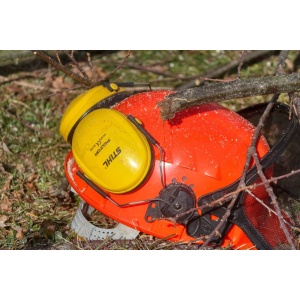
Hearing Protection
There’s a lot you can do to protect your hearing when you’re using loud tools. You’re already wearing eye protection and sturdy shoes when you work with power tools. So

Heat Sources
The use of heating sources in the laboratory is very common, and unfortunately these are the root cause of many preventable burns, scalds, and fires. Learn more about heat safety
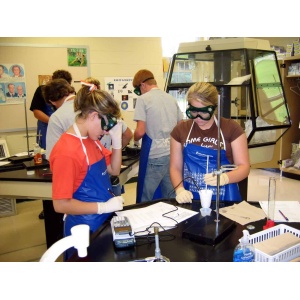
High School Resources
Resource library for high school science and STEM educators and administrators. Legal safety standards noted in these resources may vary from state to state depending on what have
High School Science General Safety Protocols Training
Open to access this content
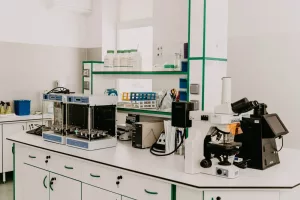
High School Science Safety Awareness for Department Chairs Pathway
Open to access this content

High School Science Safety Awareness For Department Chairs Pathway
Open to access this content


Hot Glue Guns
The use of glue guns is common in schools and in many homes. These are not such simple tools, since these are a recognized safety hazard, especially when used improperly.

How to Write an Effective Chemical Hygiene Plan for Your Educational Institution
Open to access this content

Identifying Child Abuse
Physical or behavioral signs of child abuse may be the only indication that a child is subject to abuse.

Incident Reports
Incident reports are prepared to document incidents of harm, either to persons or property, that occur on school property or in the course of school activities.
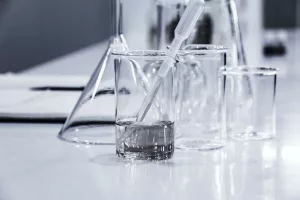
Intro to Chemistry Lab Safety For Students
In this Intro to Chemistry Lab Safety for Students learning module Students will learn basic safety principles before beginning.

Jewelry Making and Small Metals Safety
Creating jewelry or working with small metal may not seem like an unsafe activity. However there are some safety concerns to be mindful of when working in this area. Explore
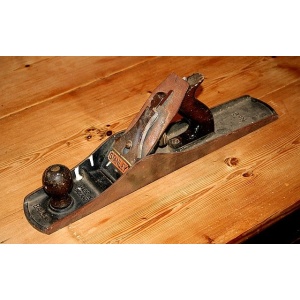
Jointers and Planers
Jointers and planers are used to true or square lumber so that it can be worked with easier and have better results.
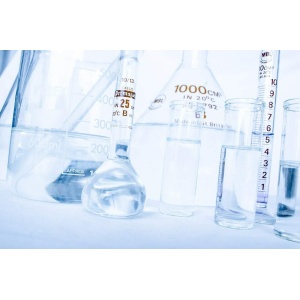
Lab Experiments
As a teacher, there are steps you can take to make sure your students are as safe as possible while exploring and experimenting in the lab.

Lab Fire and Explosion Accidents
Preventing fires and explosions in laboratories is not very common, however these tragic events still occur and injure staff and students. These accidents are the result of poor practices, lack

Lab Safety Awareness
The National Safety Council has estimated that 5000 safety-related accidents occur in U.S. schools each year. At least 10% of these are science classroom related. This module is designed to

Lab Safety Awareness for High School and Middle School Administrators Pathway Cert
Open to access this content
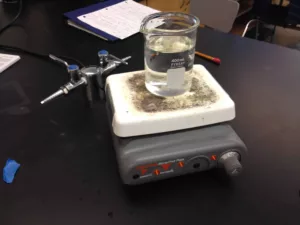
Lab Safety Awareness for High School and Middle School Educators Pathway
Open to access this content

Laboratory Inspections
Safety inspections are intended to identify safety issues or problems that may not be observed or identified as such by the day-to-day occupants of a laboratory. In this module you
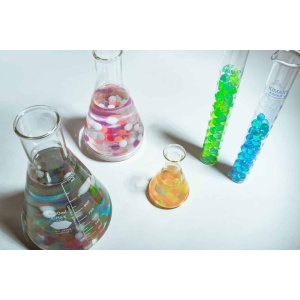
Laboratory Specialists
Lab Specialists are responsible for the preparation of labs in chemistry, physics and earth science, maintaining lab equipment — the balances, Bunsen burners, etc. — and our chemical inventory.

Ladder Safety
School employees must have ladder training if ladder use is required/expected.

Laser Cutters
Laser cutting is a technology that uses a laser to vaporize materials, resulting in a cut edge. In this module you learn how to use them more safely.

Lasers
Laser safety enhances the safe use of laser device in order to prevent or minimize the hazards which accompanies the laser device.

Live Animals in the Classroom
Many classrooms benefit from the use of live animals in the classroom and use this as a springboard for student curiosity into the living world surrounding them. Explore the various
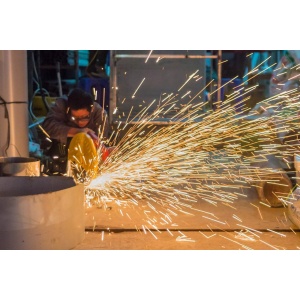
Machine Guarding
In this module, we will explore the science of safety regarding equipment guarding as it applies to employees under OSHA and its equivalent in various states.
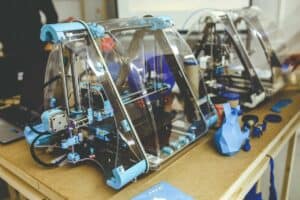
Makerspaces Safety for Elementary School Educators Pathway
Open to access this content

Makerspaces Safety for High School Educators Pathway
Open to access this content
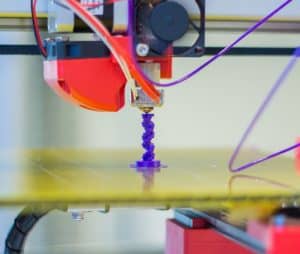
Makerspaces Safety for Middle School Educators Pathway
Open to access this content

Malware Safety
Ransomware is a type of malware that cybercriminals use to extort money from their victims.
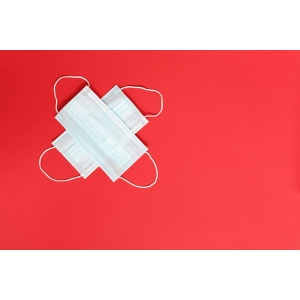
Masks
Masks are a simple barrier to help prevent your respiratory droplets from reaching others. Studies show that masks reduce the spray of droplets when worn over the nose and mouth.
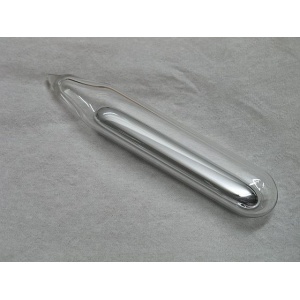
Mercury
The best way to prevent dangerous mercury spills in your school is to get rid of mercury. In this module you learn about the dangers of mercury and how to
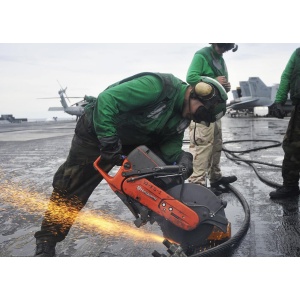
Metal Cut Off Saw
In this module, you will learn various aspects of working with a Metal Cut Off Saw.
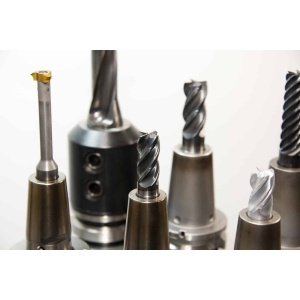
Metal Drilling
Metalworking machines can be dangerous if not used properly.
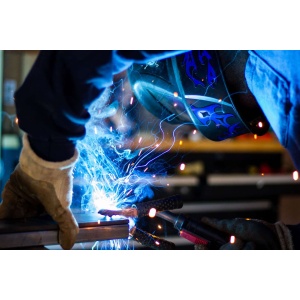
Metalworking and Foundry Safety
Metalworking has real-world applications in every aspect of our community. This module covers the various safety concerns involving the use of metal and foundry working tools, equipment, and raw materials.
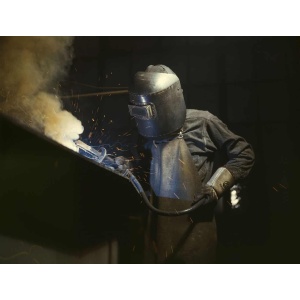
Metalworking Safety for Educators Pathway
This online pathway is designed to help educators thoroughly understand safety concerns and issues related to metalworking. Metalworking is the process of shaping and reshaping metals to create useful objects,
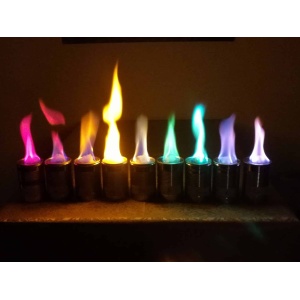
Methanol Safety
Methanol is a toxic alcohol that is used industrially as a solvent, pesticide, and alternative fuel source.

Microscopes and Microscope Safety
Proper use of the microscope should be reviewed with students prior to use and should be used only under supervision.
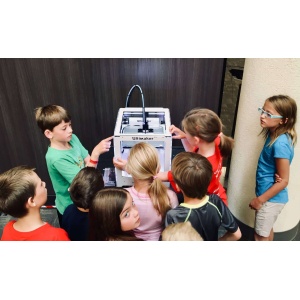
Middle School Resources
Resource library for middle school science and STEM educators and administrators. Legal safety standards noted in these resources may vary from state to state depending on what have

Middle School STEM Safety Pathway Cert
This online pathway is designed to provide a thorough understanding of the various safety concerns and issues that exist in middle school STEM programs.
- 100% Online
- 1 Pathway
- 39
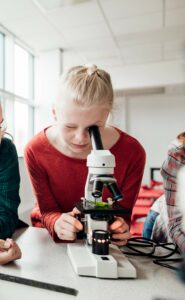
Middle School Student Science Safety Training Pathway Cert
Provides Middle School students with the fundamental safety training and awareness of basic science and STEM equipment and apparatus used in these grades. The training is age and stage-appropriate and
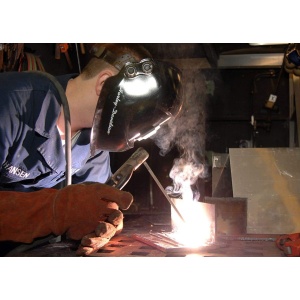
MIG Welding
MIG welding is an arc welding process in which a continuous solid wire electrode is fed through a welding gun and into the weld pool, joining the two base materials
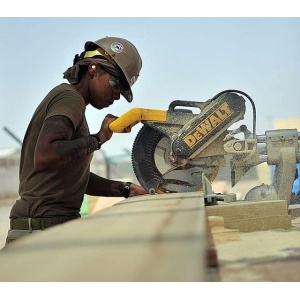
Miter Saws
There are safety rules and procedures to be followed for the safer operation of this tool and instructions will be similar for all miter saws.

Opening for the New School Year
Each term ALL staff members should inspect their classrooms and laboratories and notify appropriate authorities of any hazards.

Painting and Solvents Use and Safety
Painting and Solvents Use and Safety: Exposure to vapors of solvents, paints and lacquers can cause irritation and damage to eyes and mucous membranes, to the respiratory and digestive tracts,

Paper Airplanes
Working with paper airplanes sounds unthreatening; however, there are some things to take into account when teaching.
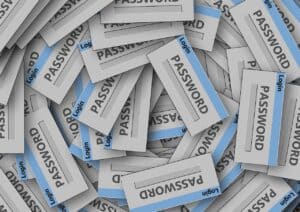
Password Security
In this module you will learn about Password Security how it is the first line of defense against unauthorized access to your computer and personal information.

Pathway Cert: General Safety Protocols for High School Science Educators Pathway
Open to access this content
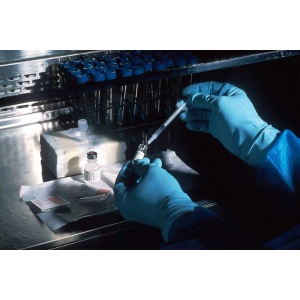
Personal Protective Equipment
Commonly referred to as “PPE”, is equipment worn to minimize exposure to hazards that cause serious workplace injuries.

Phishing Attacks
Phishing is the process of scammers tricking you into giving them your personal information. It is typically done through electronic messages such as emails or text messages. The

Photography Safety
Photography Safety: Chemicals and processes used in photographic developing can pose a variety of hazards.

Physics Safety for Educators
Provides Physics educators with an overview of basic procedures and policies necessary to support safety in their classrooms. In this course we will investigate topics related to lab

Physics Safety for International Baccalaureate (IB) Students
IB Physics students need to learn basic safety principles before beginning.
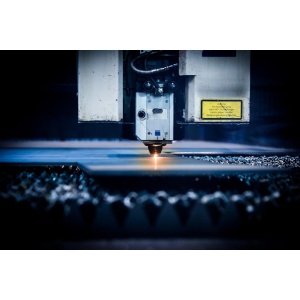
Plasma Cutting
This module has been designed to develop an awareness of plasma cutting technology and the safety applications in the school for the teacher and for the students.
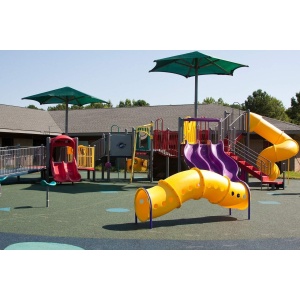
Playground Safety
A playground should be a place where children can play and have fun, not a place where serious injuries occur. Some of these tragedies can be attributed to deliberate misuse
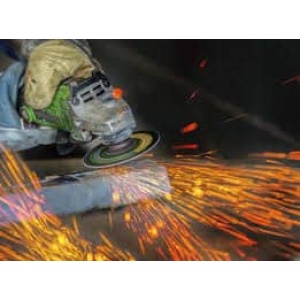
Portable Grinders
In this module we will explore the safety practices associated with portable grinders, abrasive disks or cutting wheels, and the protocols in place to protect the users from accidental injury.
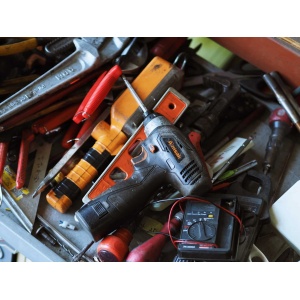
Power Tool Safety
In this online module, you will learn about various power tools and safety.
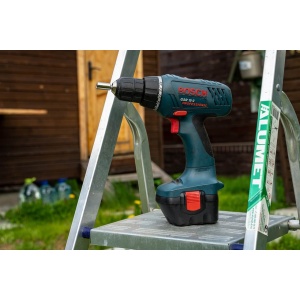
Powered Hand Drills
Safety plays a big part when working with powered hand tools.

PPE and Welding
Welding has inherent risks and associated hazards resulting from the use of tools, equipment, metals and the possible fumes created. There are PPE-specific safety controls to help make the welding

Pre-Planning Remote Activities
The importance of activity selection is the first step in the planning and hazard assessment process.
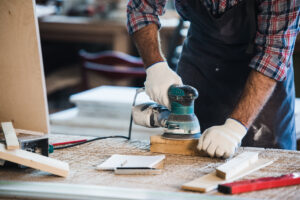
Pre-Service CTE High School Teachers Pathway Cert
This online pathway is for CTE pre-service high school educators and provides a thorough understanding of the various best practices that support safer CTE labs and classrooms.
- 100% Online
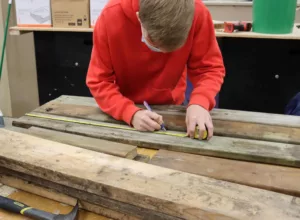
Pre-Service CTE Safety for Educators Pathway
Open to access this content

Pre-Service Safety for Elementary School Educators Pathway Cert
This online pathway is for pre-service elementary school science and STEAM educators who want to build a safety culture in their school and classroom on day one.
- 100% Online

Pre-Service Safety for Middle School and High School Educators Pathway
Open to access this content

Preplanning At-Home Activities
This module includes examples of safety pre-planning suggestions and recommended safety protocol that students and parents need to be aware of and should follow for
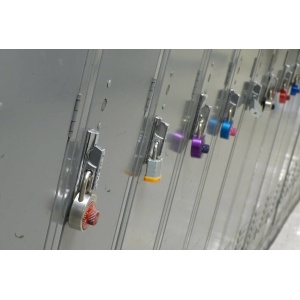
Preventing School Violence
School violence is violence that occurs in the school setting. It describes violent acts that disrupt learning and have a negative effect on students, schools, and the broader community.
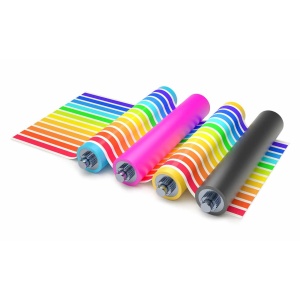
Printing and Printmaking Safety
This module explores the safety concerns involved in printing and print-making activities and some strategies about reducing these potential hazards and risks.

Public WiFi Security
If the network isn’t secure, and you log into an unencrypted site — or a site that uses encryption only on the sign-in page — other users on the network
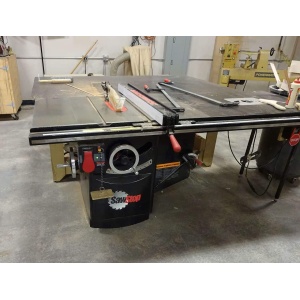
Push Sticks
Push sticks or push blocks should be used when operating standard woodworking machinery, including table saws, band saws, radial arm saws, jointer/planers and shapers.
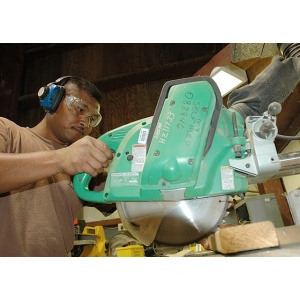
Radial Arm Saws
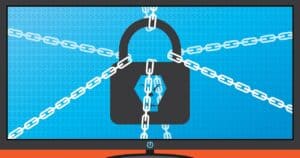
Ransomware – Malware in Schools
Ransomware is a type of malware that holds a victims data for ransom. Ransomware attacks continue to be one of the most common cyber attacks.

Recognizing Disturbing Behaviors
It can be tough figuring out whether a student might be contemplating harm, or if they’re simply being irritable, angry or withdrawn.
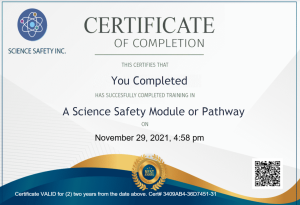
Reducing Risks in 9th Grade Science Labs Pathway Cert
One of the most critical aspects of education is providing a safe learning environment for students. When it comes to science education, the laboratory can be a high-risk

Remote CTE Teaching
This module focuses on the CTE transition to remote teaching models. We discuss the challenges teachers face and the successes that CTE teachers have experienced in developing their own remote

Remote CTE Teaching Pathway Cert
This online pathway is designed to provide a thorough understanding of the various best practices that support safer remote CTE teaching. Educators will learn about safer practices related to remote

Remote Instruction
This module is meant as a guide; each educational institution may have its own policies that must be followed from the respective school, district, local municipality, state and federal governments,

Remote Instruction Guides and Safety Forms
Being in a remote teaching and learning environment is not the traditional way that school has been taught, nor the way that teachers and administrators have been working for decades

Remote Safety & Emergency Situations
The use of a remote safety acknowledgement is absolutely important when performing any science or STEM activities off-site to help minimize liability and to ensure that safety is still a

Remote Science & STEM Safety For K-12 Pathway Cert
In this online pathway, K-12 educators will explore some of the common building blocks, or frameworks that exist that can help them and their Science and STEM students achieve curricular

Remote Science Activities
Ideas and resources for planning and carrying out remote science activities.

Remote Science and STEM Safety Pathway Cert
This online pathway is designed to provide a thorough understanding of the various best practices that support remote science and STEM Safety.
- 100% Online
- 1 Pathway
- 16 Modules with

Right to Understand Laws
All employees who have or potentially have exposure to hazardous materials have a Right to Understand the hazards associated with these items. There are multiple legal regulations concerning this including
Report
There was a problem reporting this post.
Block Member?
Please confirm you want to block this member.
You will no longer be able to:
- See blocked member's posts
- Mention this member in posts
- Invite this member to groups
- Message this member
Please allow a few minutes for this process to complete.
